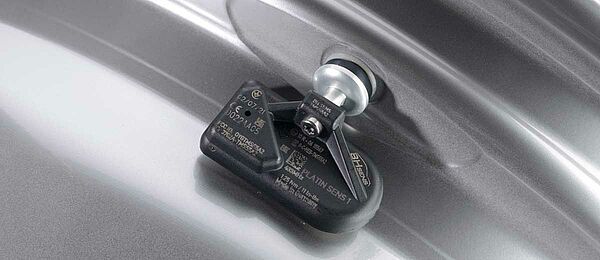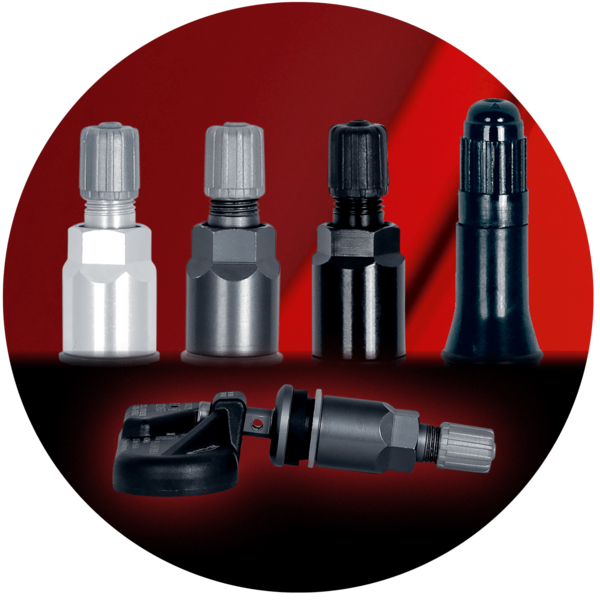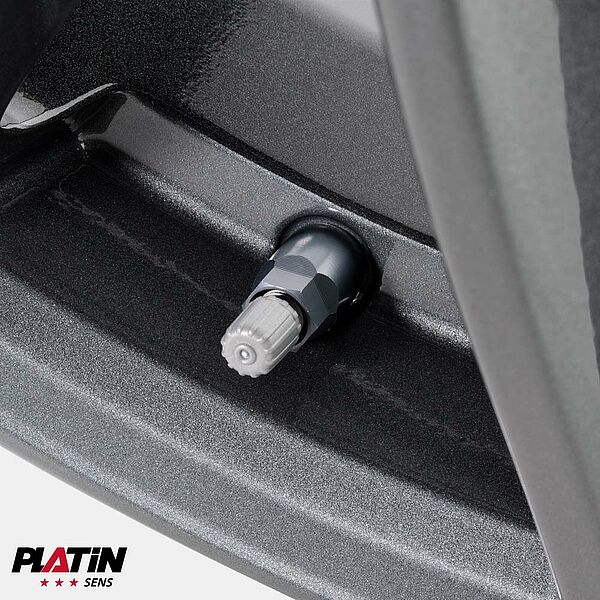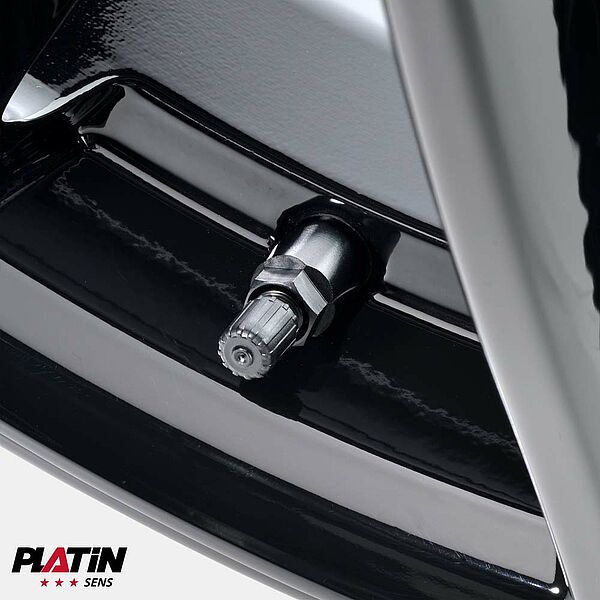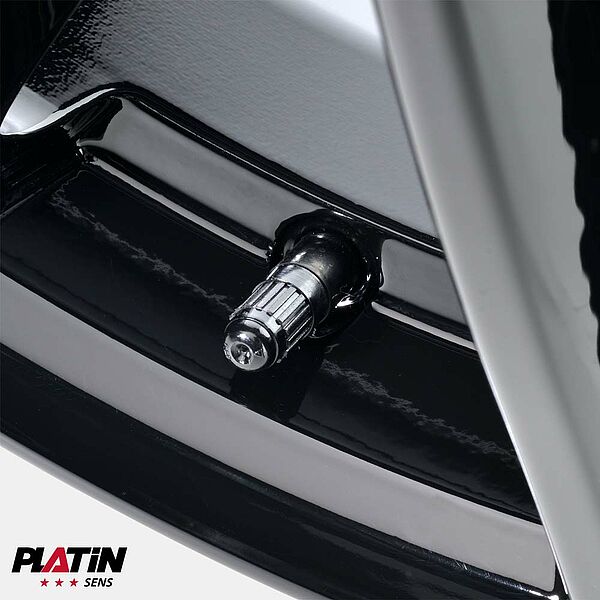The EU energy label for tyres
The new EU tyre label helps consumers to decide in favour of a higher fuel efficiency class for their tyres. This can contribute to large reductions in running costs and emissions. Enhanced wet grip means greater road safety, and details of external rolling noise contributes to a reduction in traffic noise levels.
The actual fuel savings and road safety depend heavily on the behaviour of drivers, and in particular on the following:
- Eco-driving can significantly reduce fuel consumption
- Tyre pressure needs to be regularly checked to optimise fuel efficiency and wet grip.
- Stopping distances must always be respected.
